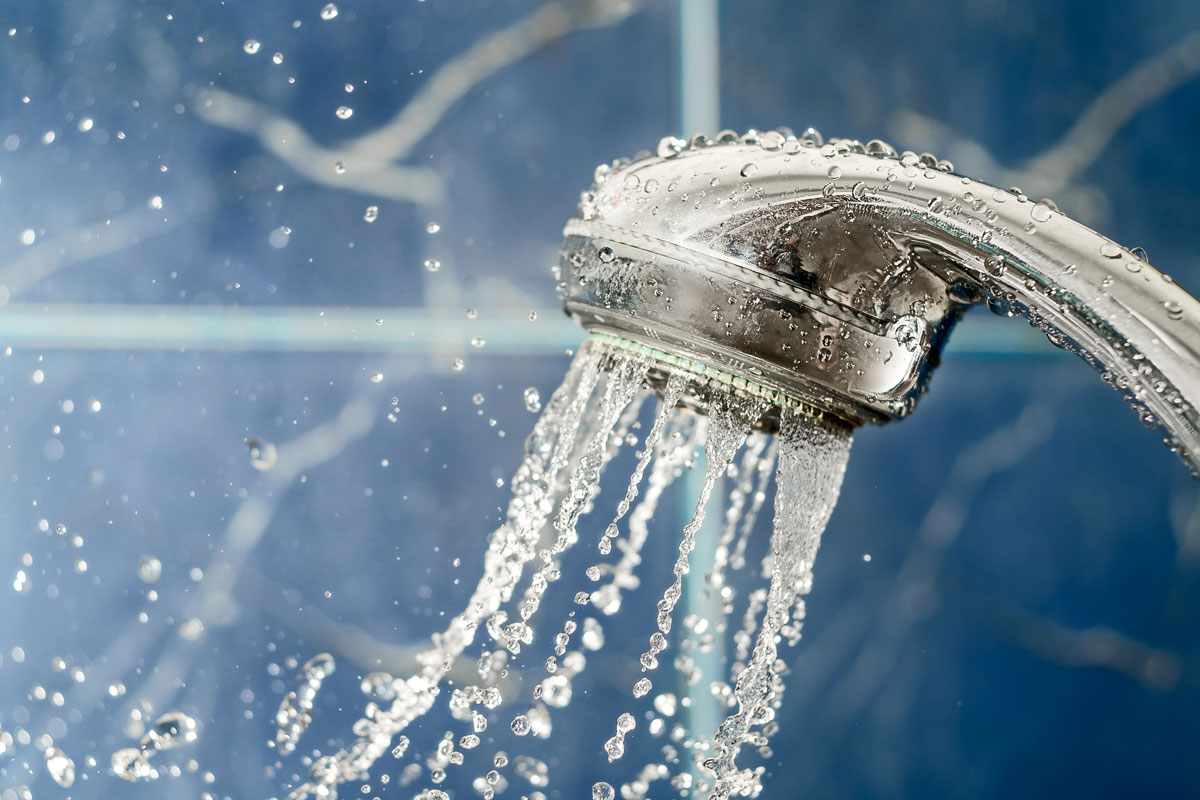Compliance with UK’s health and safety legionella bacteria control is highly important. The HSG274 is a published standard that is split in to three parts to control the risks associated with legionella outbreak; part 1 looks at evaporated cooling, part 2 considers hot and cold-water systems and part 3 includes other systems. This blog will highlight the most significant elements of the HSG274 in accordance with Velappity’s legionella forms and compliance requirements.
HSG274 part 1 considers control of legionella in evaporative cooling systems, which is relevant to managing risks and preventing and controlling the outbreak of legionella; avoiding conditions that support its growth. Keeping records and ensuring compliance with the standards of cool water systems is therefore of high importance; Velappity’s flexible platform allows clients to cover both risk assessment and compliance of their legionella assessments and keeps record of all actions in a cloud-secure online location. Therefore, specifically adhering to this section of the HSG274 standard. We’ve written a Legionella Risk Assessment Guide to detail the many benefits of a digital approach to legionella control management.
Under HSG274 part 2 risk assessments for water systems consider both legionella bacteria and also scalding from hot water. Having a coherent understanding of the process of thermal disinfection is determined essential for complete legionella risk assessments.
HSG274 part 2, furthermore includes new sections regarding residential accommodation for the attention of landlords and shared premises, and also special considerations for healthcare and care homes. This includes guidance on how to risk assess and control properties and where there is greater likelihood of vulnerability in susceptible individuals there are revised guidance on acceptable levels of legionella bacteria in water systems. Velappity creates mandatory fields that must be completed by the risk assessor, as determined by the client, hence any specific measurements can be changed depending on the location and necessary parameters.
New routine monitoring recommendations are also now included, which include heaters, TMV’s etc. This means that routine monitoring tasks and KPI’s are required, and this can be set up within the Velappity app.
Part 3 of HSG274 standard considers all other at-risk water systems, and the task and monitoring associated with each system. For example, for spray humidifiers, clean and disinfect spray humidifiers and make-up tanks and any other wetted surfaces, descaling where necessary; this process should occur every 6 months. Velappity’s compliance module, highlights routine actions like this and sends alerts when tests are due.
Therefore, Velappity is considered a fully comprehensive tool for action complying with HSG274 in all parts – ensuring full adherence with legal standard and easily manageable compliance of such activity.
Let us show you how Velappity can help you maintain compliance to HSG274 with an online demonstration.


